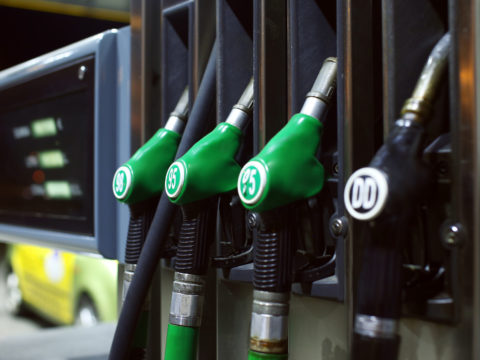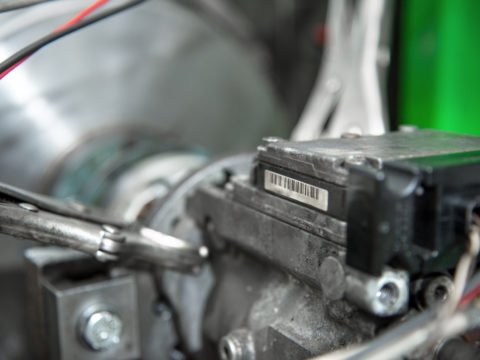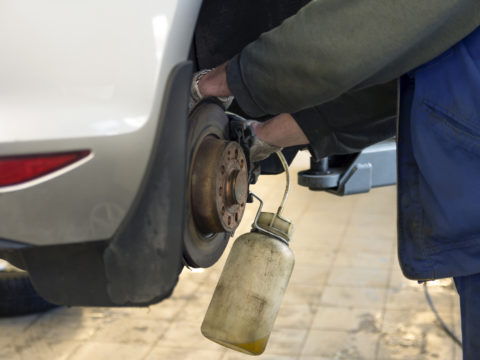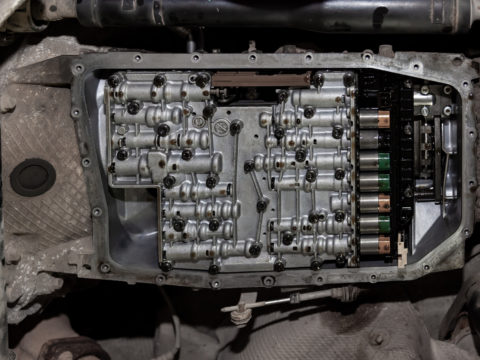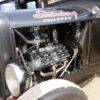Your mechanic might have told you that you need a fuel induction service, and now you find yourself wondering what that is and whether you really need one.
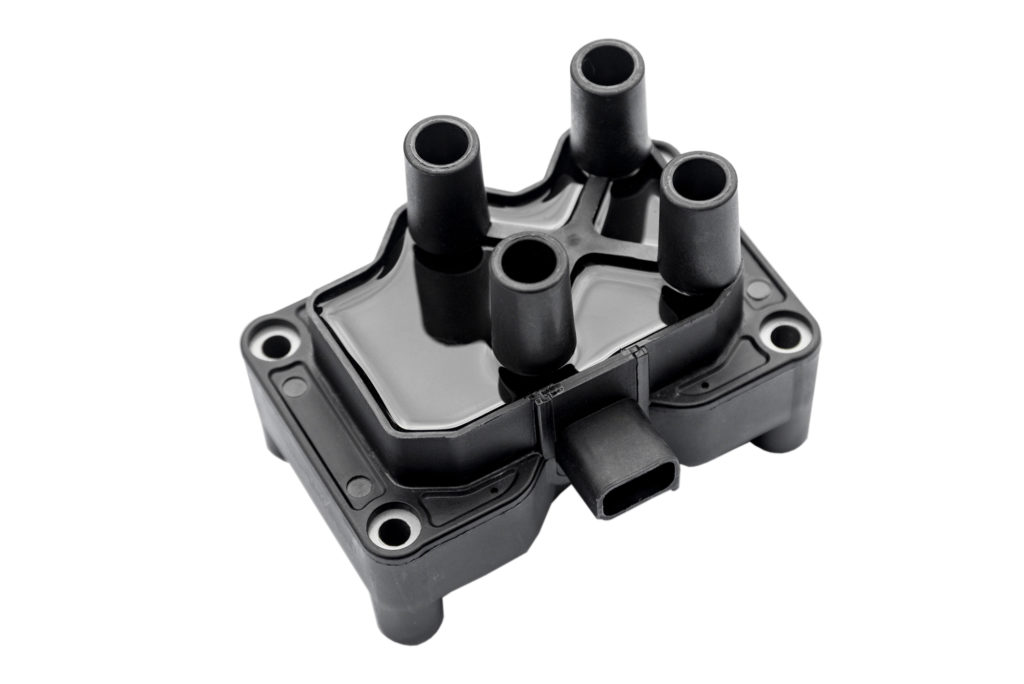
There is evidence that fuel induction services can improve the performance of your vehicle; keep reading to find exactly what this process entails.
Contents
What does fuel induction service mean?
Every time you put your foot on the gas pedal, fuel moves from the fuel tank through the pump, fuel lines, and filter until it reaches the fuel injectors. Over time, carbon deposits, and a buildup of air and debris begin to settle along the way, inhibiting the fuel flow and thereby reducing fuel efficiency.
Fuel induction services (sometimes called a fuel injection service) remove the carbon buildup, improving your fuel economy and maximizing engine performance.
Fuel induction services are a way of cleaning carbon deposits from hard-to-reach parts of the engine without taking it apart. A cleaning solution or foam is sprayed into the intake system of the engine, cleaning the throttle body, air intake valves, and fuel injectors.
As part of the service, the throttle body and throttle plate should be cleaned by the mechanic using an optimum cleaning solution ‘designed’ to tackle the tough carbon buildup that is baked onto the engine components.
When is fuel induction service needed?
On average, it is recommended that you consider a fuel injection service anytime after driving 60,000 miles; at this time, the buildup of carbon dioxide deposits are quite likely to be causing decreased throttle response, slower acceleration, and poor fuel economy overall.
Regardless of mileage, if your vehicle is suffering from decreased fuel efficiency, then it might benefit from a complete fuel system cleaning.
Why do a fuel induction service?
There are a few undeniable benefits to having a fuel induction service, including:
Economy
The buildup of carbon deposits inside the throttle body, intake valves, combustion chamber, or anywhere else the fuel needs to pass through can decrease or choke the free flow of fuel. Since the engine needs fuel to function, more fuel is summoned, burned, and wasted. Meaning you have to visit the gas station again sooner than you ought.
Acceleration
Having a fuel induction service performed can improve your acceleration speed. If you have begun to notice a lack of power when you try to accelerate, then a buildup of carbon deposits might be to blame. In this case, it doesn’t matter how much you floor that gas pedal – the vehicle just doesn’t have the fuel to respond.
Reliability
Vehicles with a buildup of carbon in the intake valves can struggle to start up, which is incredibly inconvenient when you are dependent on your car being on hand. This buildup might similarly cause a sudden loss of power when driving, which could be at best a nuisance; at worst, downright dangerous.
Comfort
Rough idling occurs when a buildup of carbon causes the car to vibrate when sitting idle. Not only is it uncomfortable, but that constant shaking can lead to some of the vehicle’s components becoming loose or even dislodged. A fuel induction service cleans out the cause of the rough idle, making for a smoother ride.
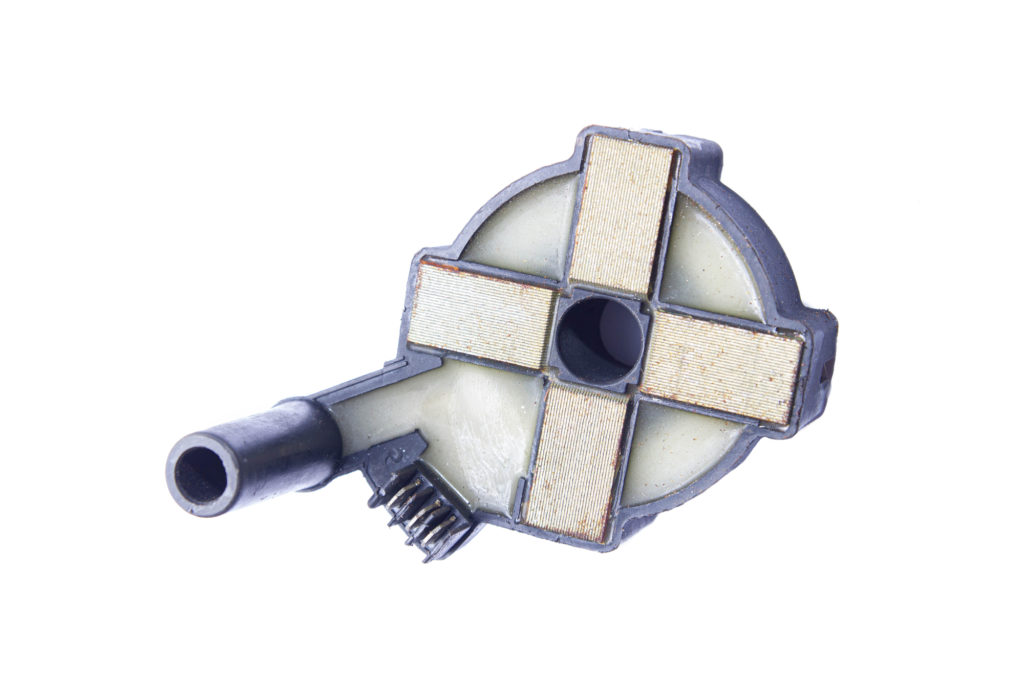
How to do a fuel induction service
There are three main steps to conducting fuel induction services:
- Intake valve cleaning is done by precisely dripping a special cleaning solution over the valves to break down and remove carbon deposits.
- Throttle body cleaning requires another product to remove the buildup of carbon and debris. Spraying the throttle body and plate is less fiddly and easier to manage than attempting to clean out the valves.
- Cleaning the fuel injector is the simplest part; it requires a liquid substance poured directly into the fuel tank to cleanse the fuel pump and injectors of carbon buildup.
Can you do a fuel induction service yourself?
Yes, you can. The cleaning products are readily available to purchase in-store or from online retailers such as Amazon.com.
Watch this video for a step-by-step guide to performing your own fuel induction services.
Certain parts of the operation – namely cleaning the intake valves – require patience and precision and may be better left to an experienced professional.
How much is a fuel induction service?
The average fuel induction service cost is about $150. If the garage is charging less, be suspicious, and if they try to charge you more than $200, be suspicious.
If you are confident enough to give it a try, then doing it yourself can drastically lower the cost, with cleaning kits available from $20.
Where to get a fuel induction service
Any reputable garage should be able to perform this service but if you think that they might be charging too much, shop around for a cheaper quote.
Beware that some dealerships recommend having your fuel system cleaned when your mileage is still far below 60,000, which is entirely unnecessary. It is recommended that you check your vehicle specific owner manual or seek out an independent auto shop for advice.
Is a fuel induction service necessary?
Check your vehicle manual for gas mileage estimates. If your gas economy has begun to suffer and a full tank of fuel is no longer lasting as long as it used to, it might be time to have a fuel induction service done.
The necessity also depends on the type of engine. The natural cleaning properties of gasoline lead some parties to argue that fuel induction services are nothing more than a money grab.
However, many modern vehicles use gasoline direct injection engines, which inject the gas directly into the combustion chamber. Therefore, GDI engines do not benefit from the cleaning properties of gasoline, making them more prone to carbon buildup at a faster rate.

